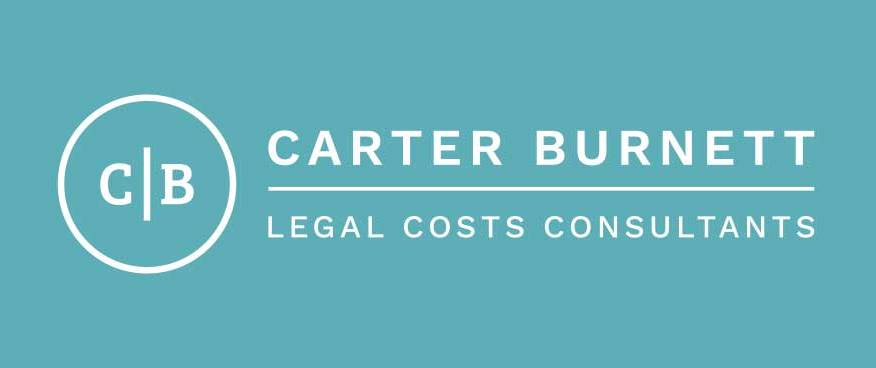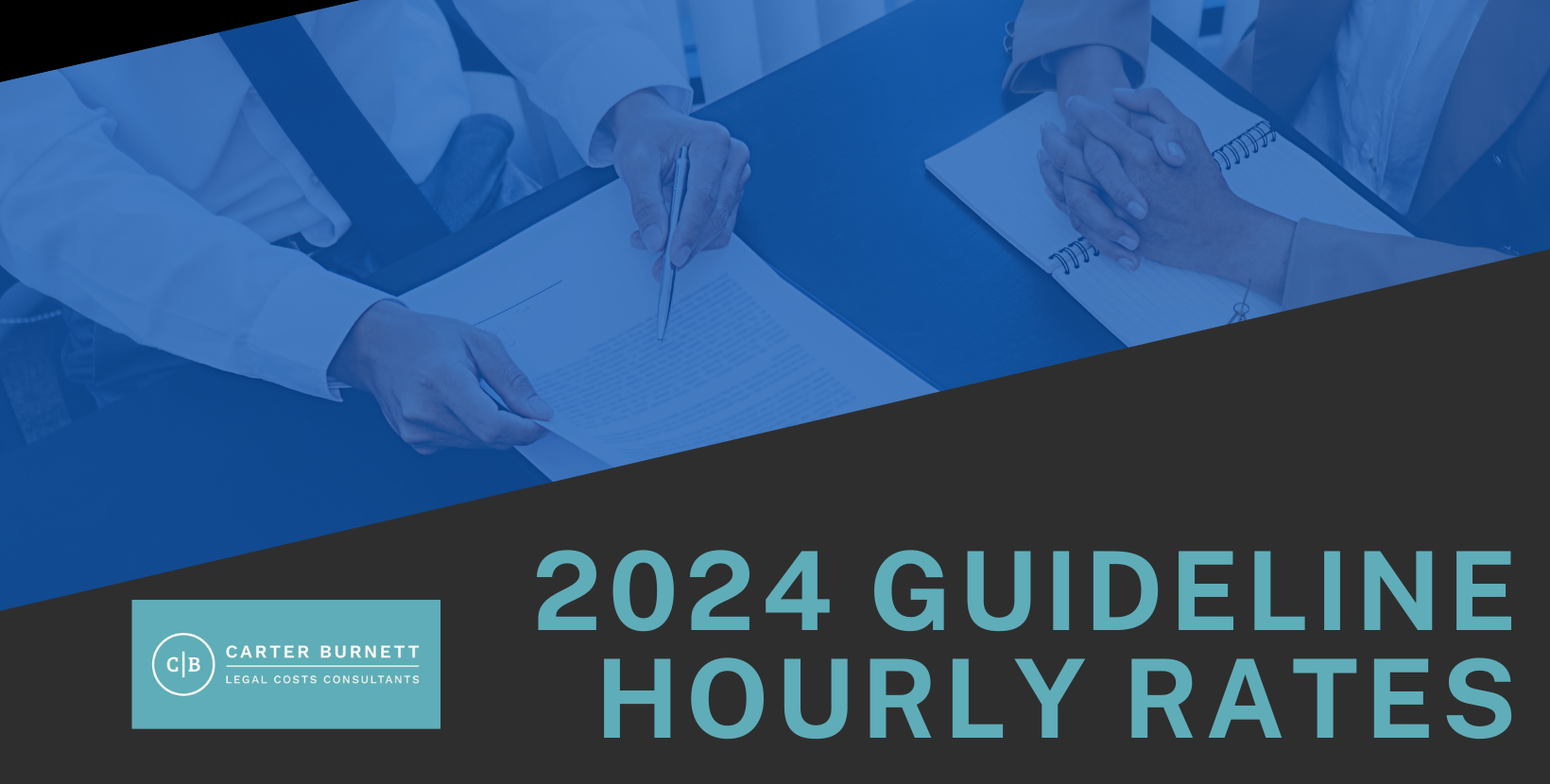What is the increase to Guideline Hourly Rates from 2024?
Posted on 19th January 2024 at 10:24
Practitioners across the UK will no doubt be aware of the increase to the Guideline Hourly Rates (GHRs), which came into force on 1 January 2024.
Approved by the Master of the Rolls, the Guideline Hourly Rates are a starting point for summary assessment.
The table below shows the new Guideline Hourly Rates, that take effect from 1 January 2024, with the previous rates in brackets.

What is the impact on new and existing matters?
If you are planning to increase your hourly rates, make sure your retainer reflects this and that clients are properly notified for existing cases.
Although the new Guideline Hourly Rates are not retrospective in the strict sense, they reflect increasing inflation since January 2022, so there is an argument that you should bear them in mind for work undertaken over the period since.
For those already operating above Guideline Hourly Rates then consideration may be given to whether those rates also need to be reviewed. For example, if the current retainer rates are 20 per cent above the previous GHRs then it may be appropriate to consider increasing the rates to reflect the same margin as against the increased GHRs. Commercial considerations are required.
Does the new rate limit what Receiving Parties can recover?
In principle, the new GHRs will see the recoverable rates and solicitor-own-client rates increase. These rates, however, remain broad approximations and are only intended to be a starting point for summary assessment. This means that in appropriate circumstances the Court will allow a claim for an hourly rate exceeding Guideline Hourly Rates.
Paying Parties are likely to argue that the reviews will mean that the Guideline Hourly Rates are more reliable when it comes to assessment and, as a consequence, there should be less departures from them.
The change does not alter the position that clear and compelling reasons are required to recover rates exceeding guidelines. This means for higher-value and more complex cases the GHRs are unlikely to be appropriate.
It should be stressed that the increase in GHRs is not automatic and you will remain limited to the hourly rates agreed with the client, as per the indemnity principle. This is why it is important to review the rates currently agreed and to notify the client if it is considered reasonable to update the same.
How will the new GHR affect claims for Costs?
It will increase the starting point for Costs claims which may in turn see the hourly rate recovery increase. It’s a useful tool in Costs negotiations and will be taken into account by the Court at any assessment.
For those operating under Fixed Costs then the increase may see practitioners afforded less time to undertake work because whilst the GHRs have increased, FRC have not. It should, however, be noted that Fixed Recoverable Costs are subject to a separate inflationary review and are widely expected to increase from April 2024, which may help redress this.
If you need some help or assistance in light of the increase to the Guideline Hourly Rates (GHRs), get in touch or call 01482 534567 for a friendly chat - we'll be happy to give you guidance or advice.
Share this post:


